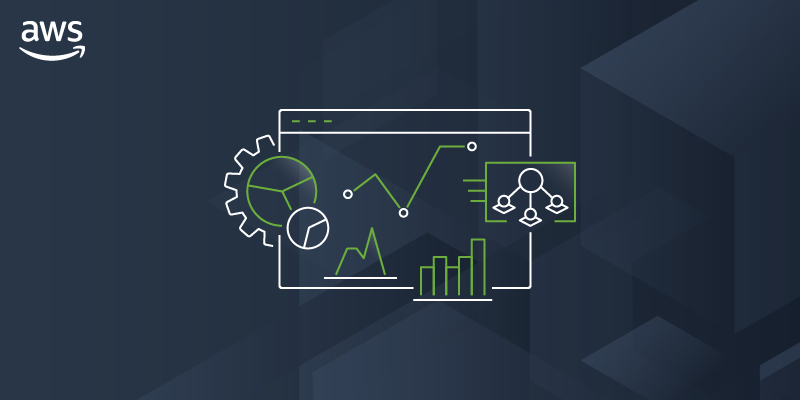A Beginner's Guide to Harnessing the Power of Amazon IoT SiteWise in AWS
 Sumit Mondal
Sumit Mondal
Introduction:
In the vast realm of cloud computing, Amazon Web Services (AWS) stands as a pioneer, offering a myriad of services to cater to diverse business needs. One such powerful tool is Amazon IoT SiteWise, designed to facilitate the efficient management of industrial data. In this blog, we will explore the basics of Amazon IoT SiteWise and guide you on how to harness its capabilities within the AWS ecosystem.
Understanding Amazon IoT SiteWise:
Amazon IoT SiteWise is an AWS service that simplifies the process of collecting, processing, and managing industrial data from various sources. It enables organizations to create a unified view of their industrial operations, helping them make informed decisions based on real-time data.
Getting Started:
Set Up AWS Account: Begin by creating an AWS account if you haven't already. Navigate to the AWS Management Console and find the IoT SiteWise service.
Create a Site: In Amazon IoT SiteWise, a 'site' represents a physical location, such as a factory or a plant. Create a site to organize and manage your industrial data effectively.
aws iotsitewise create-site --portal-id <your-portal-id> --name "MyFactory" --client-token <unique-client-token>Define Assets: Assets are the building blocks in Amazon IoT SiteWise, representing equipment or devices. Define your assets to start collecting data from them.
aws iotsitewise create-asset --portal-id <your-portal-id> --asset-model-id <your-asset-model-id> --name "Machine1" --client-token <unique-client-token>
Data Ingestion:
Gateway Setup: To start collecting data from your assets, set up an IoT SiteWise gateway. This can be installed on your edge devices or on-premises servers.
Model Your Data: Define asset models to structure the incoming data. This step ensures consistency and facilitates easier analysis.
aws iotsitewise create-asset-model --asset-model-name "MachineModel" --property-type "DOUBLE" --property-name "Temperature" --unit "Celsius"Ingest Data: Use the gateway to ingest data into IoT SiteWise. This can be achieved by configuring the gateway to connect to your assets and send data to the cloud.
aws iotsitewise batch-put-asset-property-value --entry "assetId=<your-asset-id>,propertyId=<your-property-id>,propertyValues=<value>"
Data Visualization:
Build Dashboards: AWS IoT SiteWise makes it easy to create visually appealing dashboards. Use the AWS IoT SiteWise Console to build dashboards that provide insights into your industrial operations.
Create Alarms: Set up alarms to be notified when specific conditions are met. This proactive approach allows for quick response to critical situations.
Conclusion:
Amazon IoT SiteWise is a robust tool within the AWS ecosystem, offering businesses the ability to streamline industrial data management and gain valuable insights. By following these simple steps, you can start harnessing the power of Amazon IoT SiteWise to enhance the efficiency of your industrial operations. Remember, experimentation is key, so don't hesitate to explore the features and capabilities to tailor them to your specific needs. Happy IoT SiteWise exploring!
Subscribe to my newsletter
Read articles from Sumit Mondal directly inside your inbox. Subscribe to the newsletter, and don't miss out.
Written by

Sumit Mondal
Sumit Mondal
Hello Hashnode Community! I'm Sumit Mondal, your friendly neighborhood DevOps Engineer on a mission to elevate the world of software development and operations! Join me on Hashnode, and let's code, deploy, and innovate our way to success! Together, we'll shape the future of DevOps one commit at a time. #DevOps #Automation #ContinuousDelivery #HashnodeHero